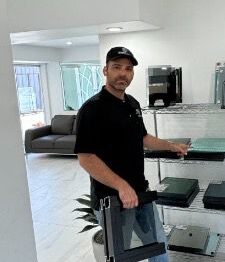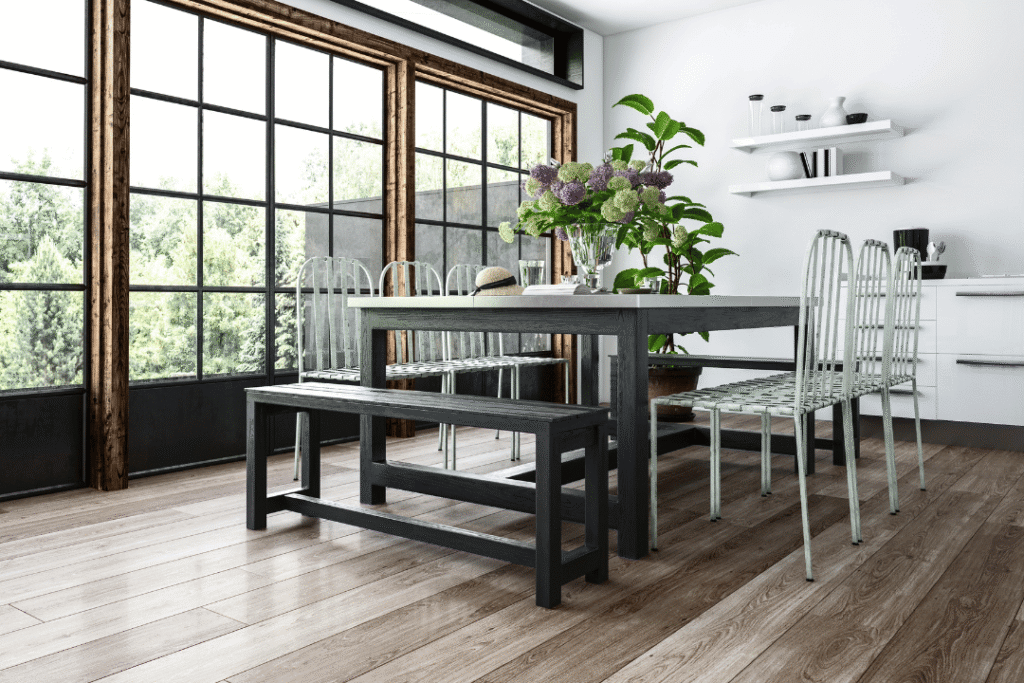
Hurricane impact windows are a powerful investment for Florida homes, offering protection from storms, intruders, and even rising energy costs. But like any high-performance system, they need occasional maintenance to stay effective. Fortunately, keeping your hurricane impact windows in great shape doesn’t require much—just a few regular habits and simple checks.
Here’s how to extend the life of your hurricane impact windows and keep them working and looking like new for years to come.
Keep the Tracks and Frames Clean
Over time, sand, dirt, and debris can build up in window tracks—especially in coastal Florida homes. This buildup can interfere with the smooth opening and closing of your windows and even cause unnecessary wear on moving parts.
What to do:
- Use a vacuum with a nozzle attachment to remove loose debris.
- Wipe the tracks with a damp cloth and mild soap.
- Avoid harsh chemicals that can corrode aluminum or vinyl frames.
Doing this monthly (or after a major storm) keeps things running smoothly.
Inspect Seals and Weather stripping Annually
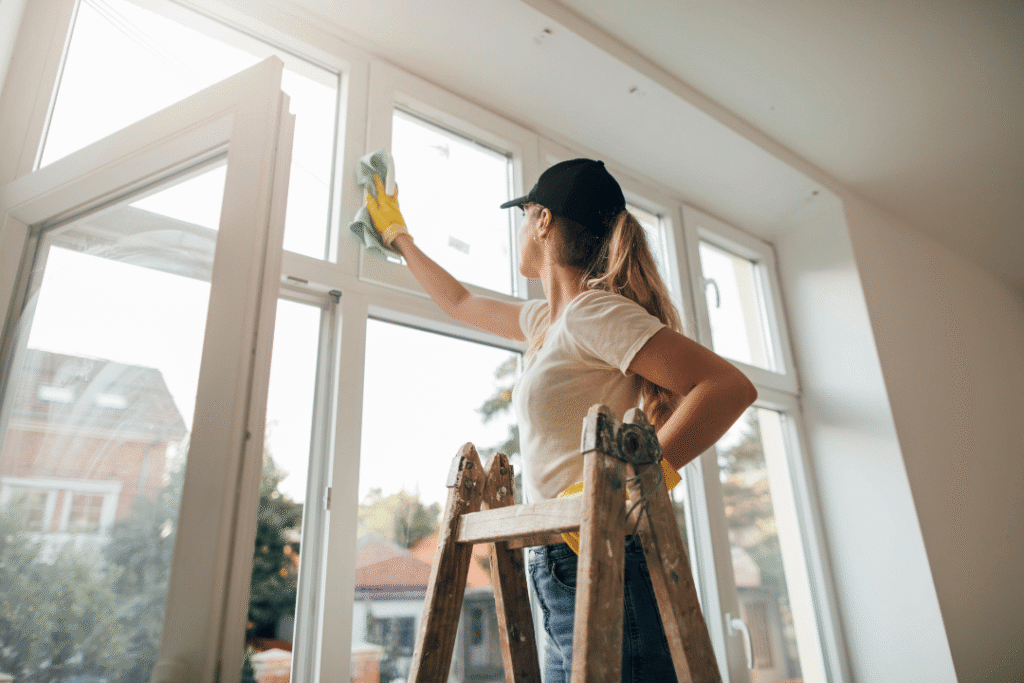
One of the biggest benefits of impact windows is their ability to seal out wind, rain, and outside temperatures. But those seals can dry out, crack, or shift over time.
What to do:
- Once a year, inspect the seals around the frame for any gaps, damage, or peeling.
- Check the weatherstripping and replace it if it feels brittle or loose.
- If you notice condensation between panes, it could mean a failed seal—call a pro to assess it.
Keeping seals intact ensures your windows stay energy-efficient and water-tight.
Lubricate Moving Parts
Even high-end hurricane windows can start to stick or squeak without occasional lubrication. Proper maintenance keeps hinges, rollers, and locks functioning without stress or strain.
What to do:
- Apply a silicone-based lubricant to hinges and rollers once or twice a year.
- Avoid oil-based products (like WD-40), which can attract dirt and gum up the works.
- Wipe off any excess to avoid buildup.
This quick fix can extend the lifespan of mechanical components significantly.
Clean the Glass Without Damaging the Coating
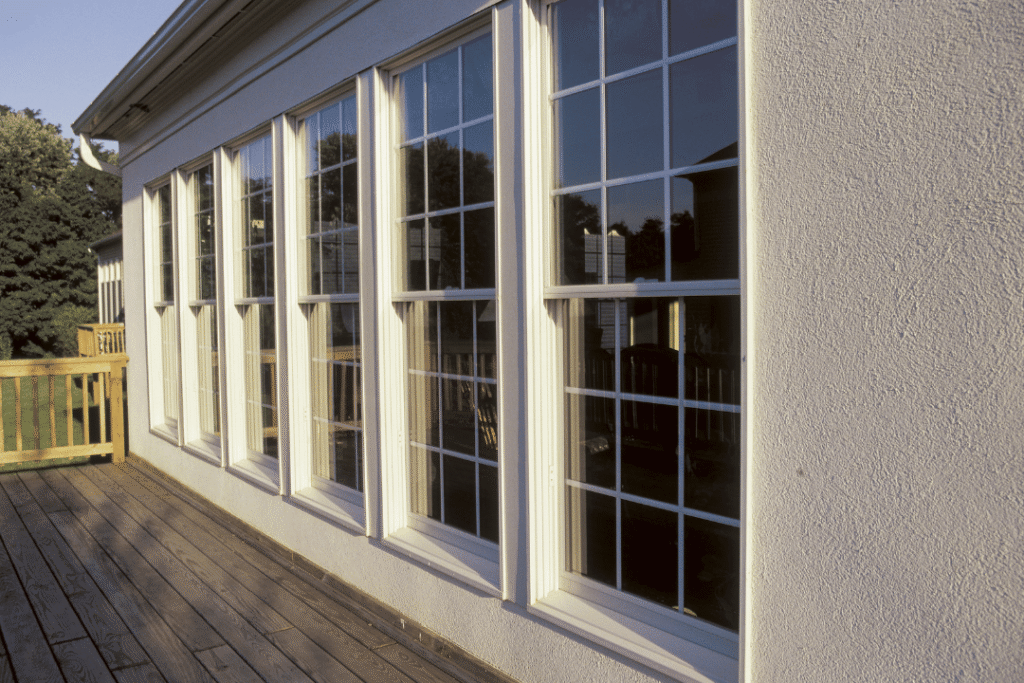
Impact glass often includes special coatings to block UV rays or reflect heat. Scrubbing with the wrong tools can scratch those layers and reduce their performance.
What to do:
- Use a soft microfiber cloth and a non-ammonia-based glass cleaner.
- Avoid abrasive sponges or scouring pads.
- Rinse thoroughly to remove salt or residue, especially in coastal areas.
Clean glass not only looks better but works better—especially when it comes to UV and solar performance.
Watch for Signs of Frame Movement or Moisture
Over time, extreme weather, settling foundations, or even improper installation can cause minor shifts around your windows. Catching small issues early can prevent costly repairs later.
What to do:
- After big storms or hurricanes, inspect the window frames inside and out.
- Look for water stains, warping, or cracking.
- If a window seems harder to operate, it could be a sign of frame stress.
Any unusual movement should be evaluated by a licensed installer or contractor.
Final Thoughts: A Little Maintenance Goes a Long Way
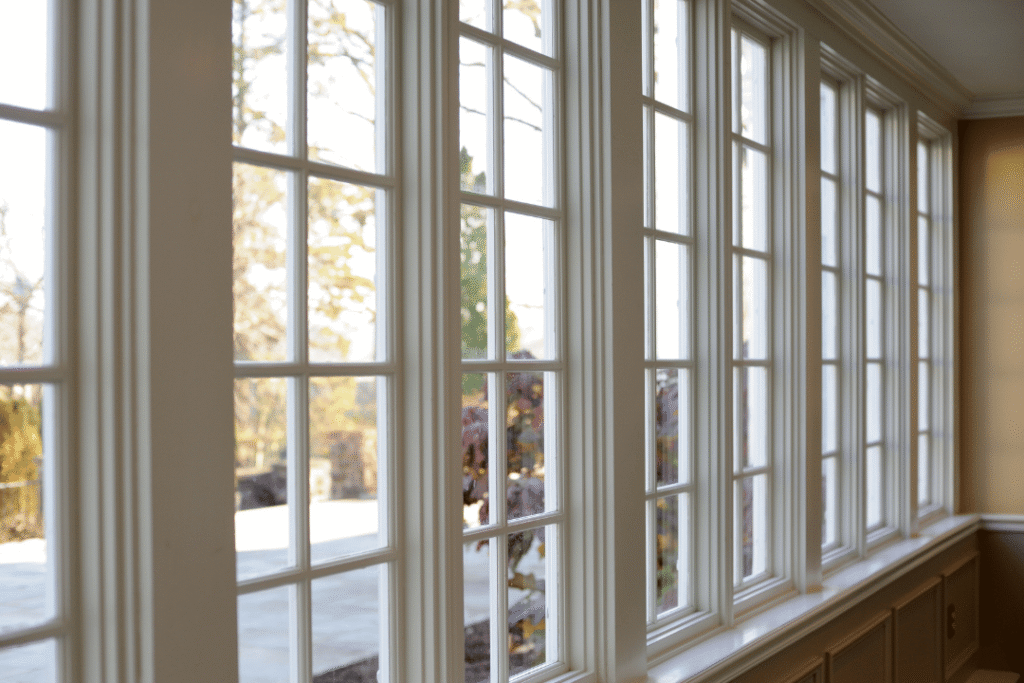
Hurricane impact windows are built to last—but giving them a little attention each year ensures they perform at their best when it matters most. With basic cleaning, lubrication, and inspections, you can extend the life of your investment and avoid preventable repairs.
Guardian Shield Windows and Doors is here to help you protect what matters most. For expert installation, maintenance guidance, or inspections, visit us today and experience the quality your Florida home deserves.

